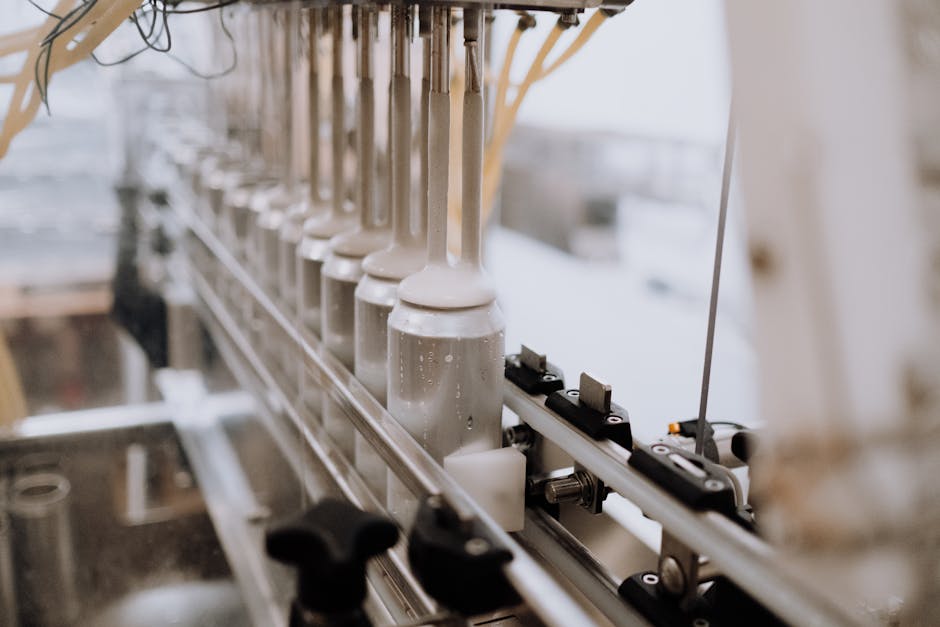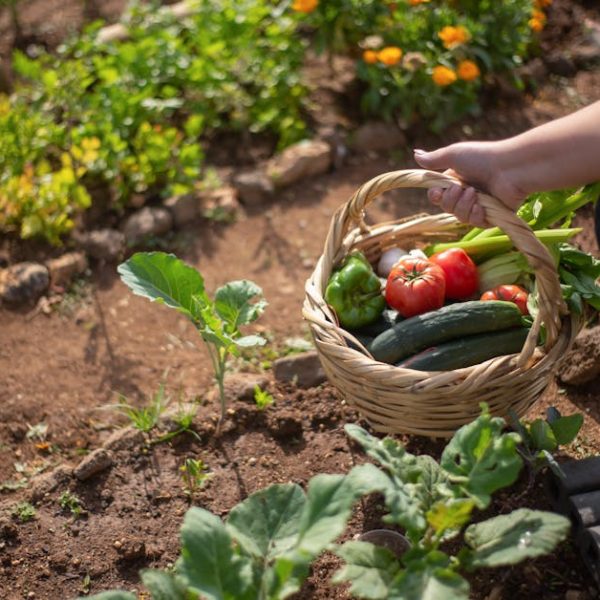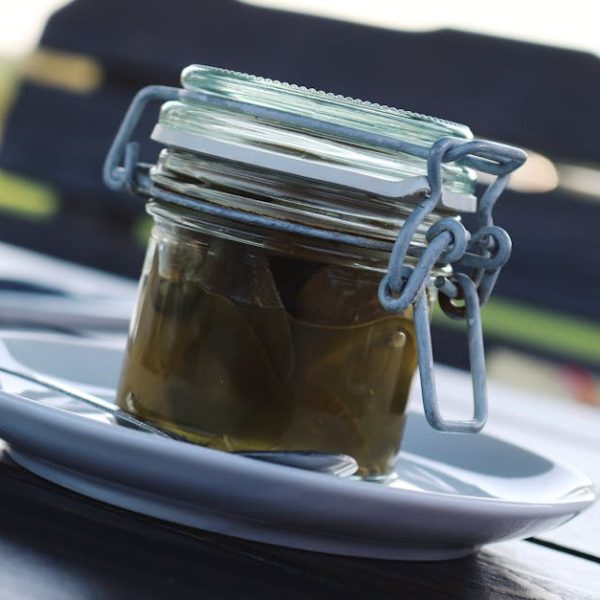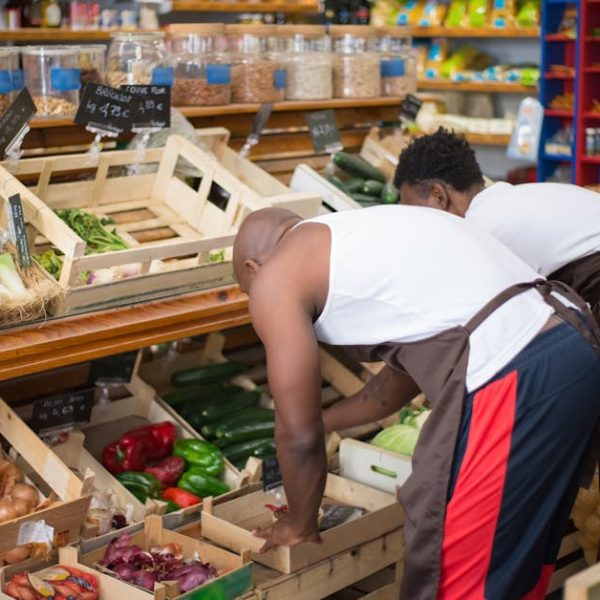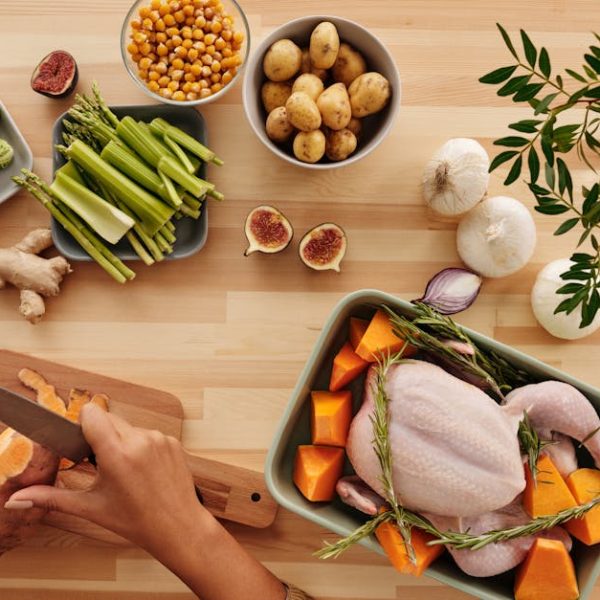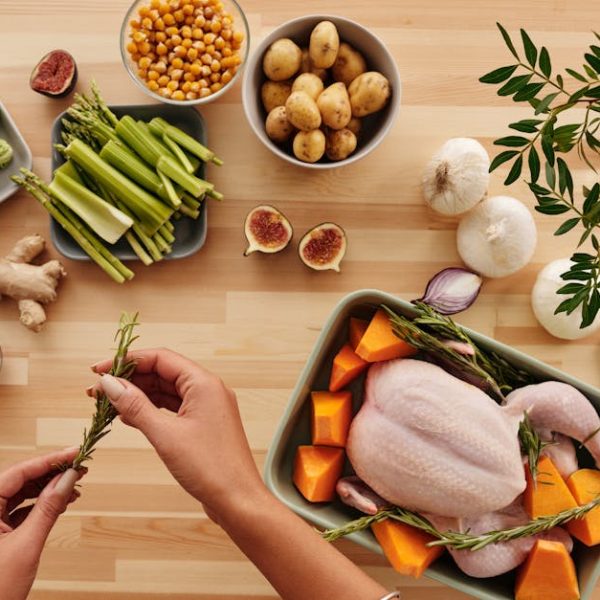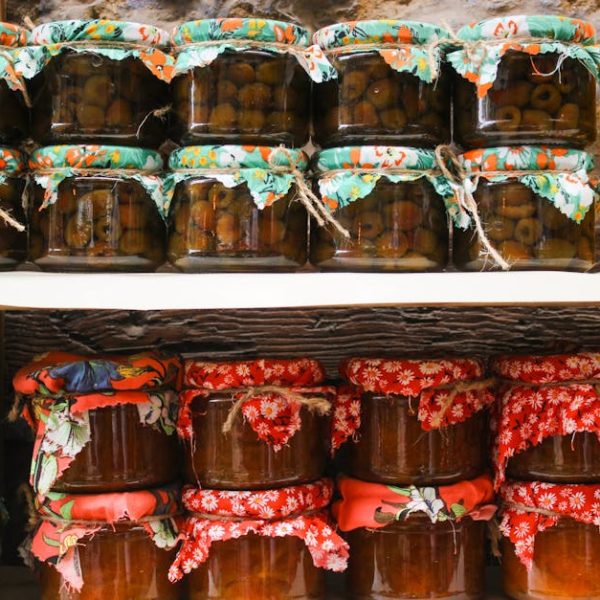Canning banana peppers allows you to extend the bounty of your garden harvest year-round and provide a tasty addition to a host of dishes. This article breaks down two highly reliable methods—raw-pack and hot-pack—to preserve these versatile, mild peppers.
Understanding the Basics of Canning Banana Peppers
First things first—ensure you’re choosing the healthiest, ripest banana peppers from your garden or local market. The quality of your peppers directly influences the quality of your canned goods. Necessary equipment for this venture includes canning jars, canning lids and rings, a large pot for boiling, a jar lifter, a wide-mouth funnel, and ingredients like pickling salt, vinegar, sugar, and pickling spices.
When sourcing your ingredients, always aim for high quality. Look for pure, grainy pickling salt and avoid table salt that often includes iodine and anti-caking agents that can darken your brine. Additionally, use a good quality vinegar for superior flavor.
The Raw-Pack Method: A Simple and Quick Way to Can Banana Peppers
The raw-pack method is a straightforward and time-efficient procedure of canning. Essentially, it involves packing uncooked peppers into jars before adding boiling hot pickling liquid. This method can affect the taste and texture of your peppers—making them a bit softer after processing since they aren’t pre-heated.
To begin, wash your peppers thoroughly, slice them into uniform rounds while eliminating the stem and seeds, and then tightly pack them into your sterilized canning jars. Pour the boiling vinegar-salt-sugar solution over the peppers, ensuring to leave a headspace. Wipe the rims clean, secure your lids and rings, and then process in a boiling water bath.
One pro tip to keep in mind: Wear gloves while handling hot peppers to prevent skin irritation or issues with sensitive eyes.
The Hot-Pack Method: A Longer Process with Great Results
The hot-pack method involves a tad more work but it’s worth the effort. Essentially, you’re pre-cooking peppers before placing them in the jars, which leads to a more vibrant flavor and a better-crunch in the end product.
Start by preparing your canning brine in a large pot with vinegar, water, sugar, and pickling salt. Add your clean, sliced peppers and simmer for about 2-3 minutes. Pack these hot peppers into jars, top with the remaining hot brine leaving appropriate headspace, then apply your lids and rings.
Remember that blanching your peppers before packing helps them stay crispy in the jar—so don’t skip this step for crunchy, appealing canned banana peppers.
Canning Banana Peppers: Safety Precautions and Troubleshooting
Practicing safety is crucial in the canning process. Always respect the boiling water bath, to prevent potential burns. Also, carefully handle the jars with a jar lifter to avoid the risk of dropping them.
When it comes to preventing botulism, the acidic brine and the high-temperature processing should suffice. To manage potential vinegar burns, consider wearing gloves and eye protection during the process.
Inevitably, you may encounter the odd sealed failure, or you may find that your peppers float to the top of the jar. These issues can often be traced back to overpacking jars, a lack of removing air bubbles before sealing, or improper sealing practices. Fix them accordingly in your subsequent batches.
Comparing safety measures, using a wide-mouth funnel for filling jars minimizes spillage risks, while jar lifters provide a secure hold directly minimizing burn risks. In conclusion, safety-conscious practices promise a fulfilling and rewarding canning experience.
Maintaining and Using Canned Banana Peppers
Once canned, your banana peppers can last for up to one year in optimal conditions. To properly store them, place the jars in a cool, dry, dark location. Regularly check your canned peppers for signs of spoilage such as cloudiness in the brine, leakage, bulging lids, or any unusual odors. Always discard jars that show these signs.
The versatility of canned banana peppers allows them to thrive in a variety of recipes. Toss them in salads, pile them on pizzas, or blend into salsa for an extra kick. They also make a perfect tangy topping for sandwiches or can brighten a ho-hum hummus dip.
An excellent pro tip: Many parts of your canning equipment can be reused for future canning projects. While lids should only be used once for safety reasons, bands and jars can be used multiple times. However, if you notice any discoloration on your lids and bands, it might be from rust which can compromise the seal of your jars. If this is the case, it’s better to replace them to ensure the quality and safety of your canned goods.
In conclusion, canning banana peppers is an excellent way to preserve your harvest and enjoy these delightful peppers year-round. Whether you prefer the quick and easy raw-pack method or the slightly more involved hot-pack way, understanding the basics, and keeping yourself well-equipped will make the process smooth and satisfying. Good luck and happy canning!
Key Takeaway:
- Canning banana peppers extend the bounty of your garden harvest year-round and provide a tasty addition to many dishes.
- Two reliable methods to preserve banana peppers are the raw-pack and hot-pack methods.
- The quality of ingredients and the appropriate picking of healthy, ripe banana peppers are key.
- Safety measures are crucial during the canning process to prevent burns and other incidents.
- Canned banana peppers can be used in various recipes and can last for up to one year if stored correctly.
Canning banana peppers can be an exciting and rewarding activity, especially if you have your own garden. Both the raw-pack and hot-pack methods have their own unique benefits, and the choice between them depends on your personal preferences. Remember, safety is key in this process. Enjoy your homemade canned banana peppers, and don’t forget, these make great gifts too!
FAQs
Q: Can I use other types of peppers for canning?
A: Absolutely. While this guide focuses on banana peppers, the techniques can essentially be applied to other types of peppers. Ensure that they are ripe, healthy, and properly cleaned before canning.
Q: How do I properly clean my peppers before canning?
A: Rinse your peppers thoroughly under cool, running water. Pat them dry and then trim the ends and remove the seeds. Remember to use gloves to prevent skin irritation, especially if dealing with hot peppers.
Q: What if I don’t have pickling salt, can I use regular table salt instead?
A: It’s recommended to use pickling salt, as it does not contain anti-caking agents or additives that can darken the brine. However, if you’re in a bind, you can use non-iodized table salt.
Q: I noticed my canned peppers have a cloudy brine, is this safe to consume?
A: Cloudiness in the brine could indicate spoilage. If you notice this alongside other signs such as bulging lids, leakage, or unusual odors, discard the jar immediately.
Q: Can I reuse the canning jars and lids for my next batch of canning?
A: Yes, canning jars can be reused. However, lids should only be used once to ensure safety and a proper seal each time. If you notice any rust or discoloration on your lids and bands, replace them.
We encourage you to share this article with others who might find it useful and explore more posts on our website. Happy canning!
